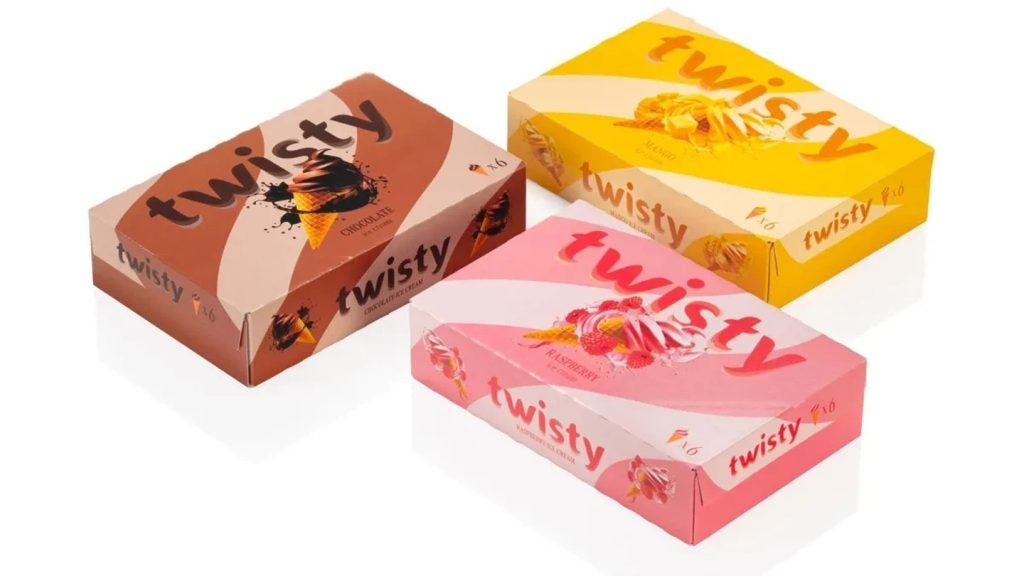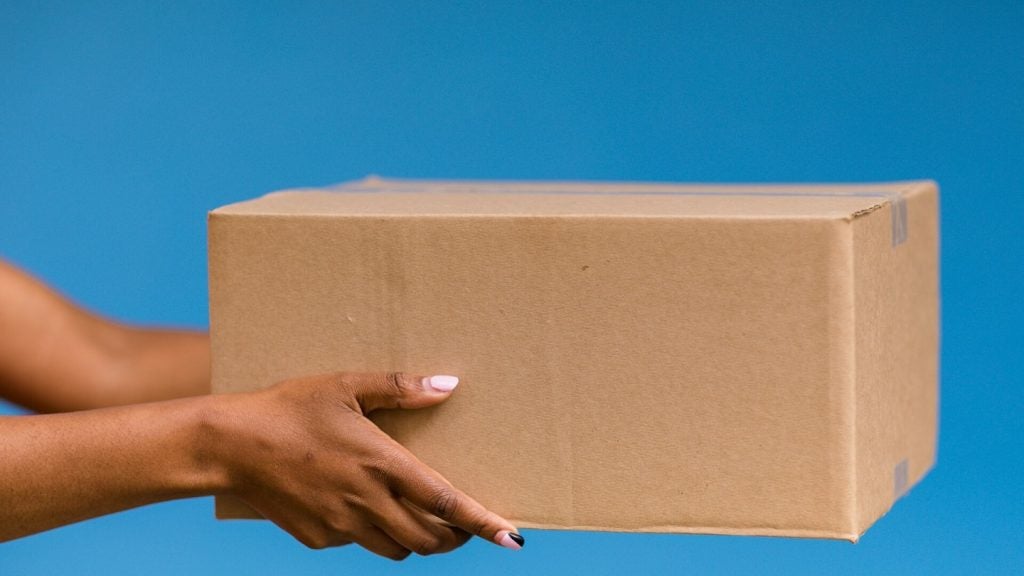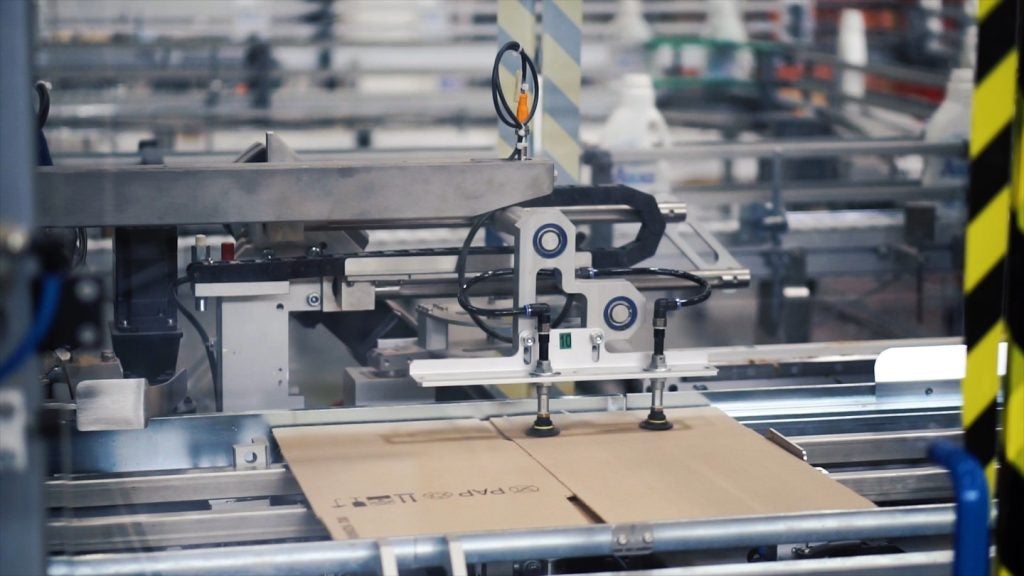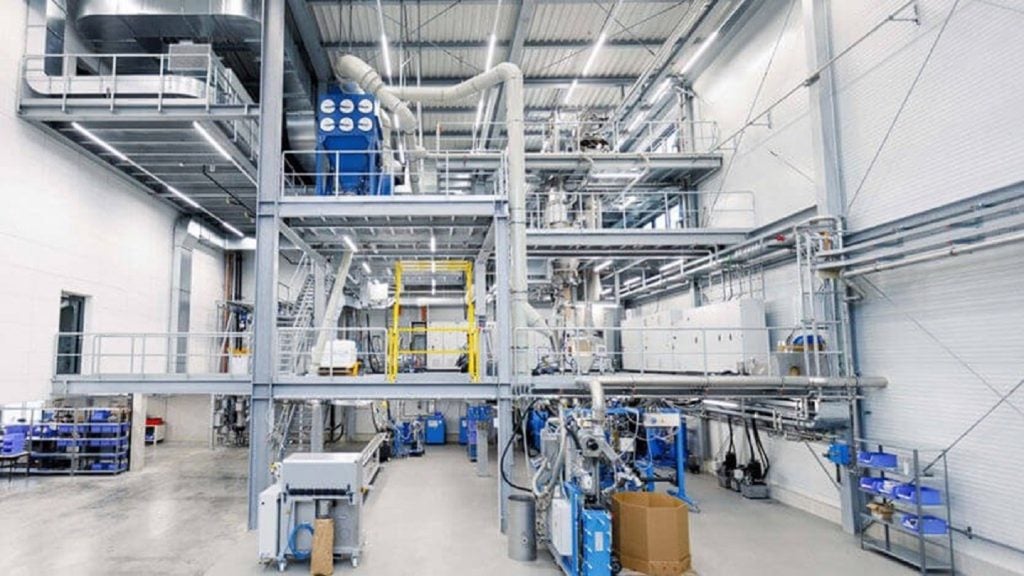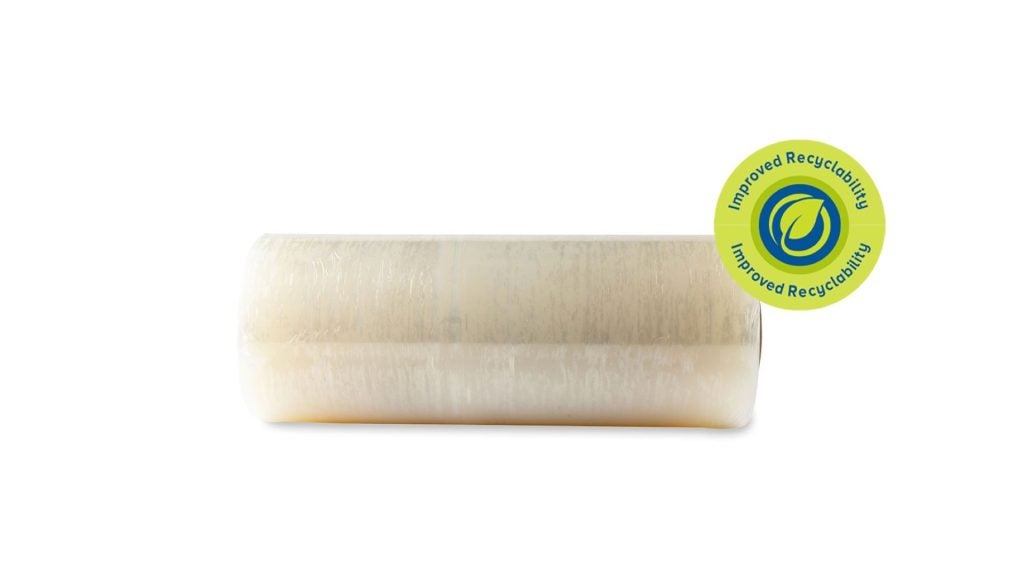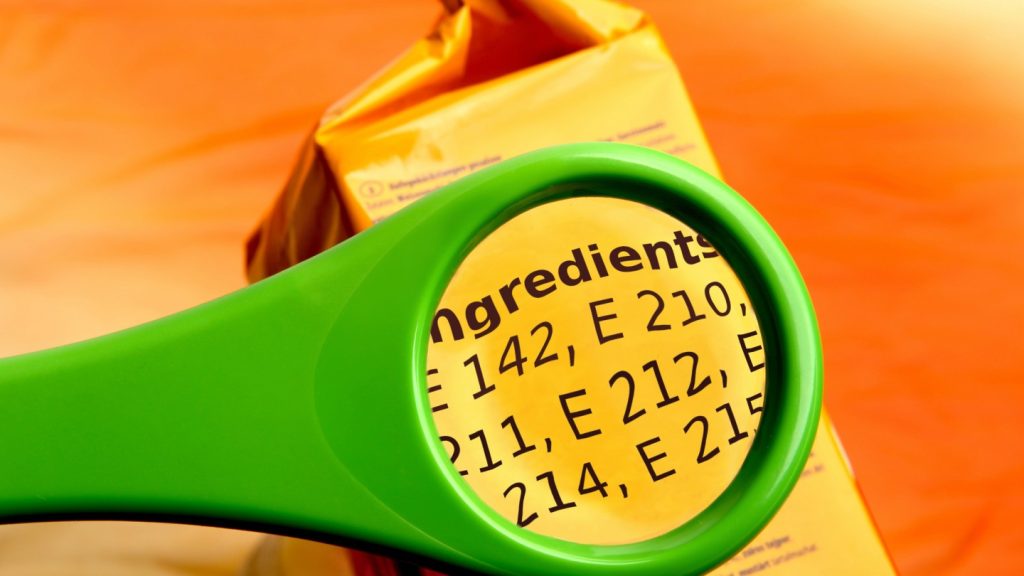Finnish company Metsä Board has teamed up with other industry partners to redesign the packaging of the ice cream cones product range with lower climate impact.
Other companies involved in the project included packaging designers Futupack, Adara Pakkaus, and Marvaco.
As part of this redesigning project, the companies selected Metsä’s double-coated white-top kraftliner - MetsäBoard Prime WKL 125g per m², as the top liner of the packaging.
Metsä’s uncoated kraftliner, MetsäBoard Natural WKL Bright 90g per m², was preferred for the packaging’s inside liner and fluting.
According to Metsä, its white-top kraftliner was preferred due to its smooth surface and lightweight characteristics while its uncoated kraftliner was chosen for its high strength.
Both the selected kraftliners are made using pure and traceable fresh wood fibre, which ensures that the final packaging is easily recyclable or compostable and is safe for food contact applications, Metsä added.
The Finnish company’s Sustainability Services also helped in calculating the paperboard materials’ footprint and compared it to the conventional, white-lined chipboards used across the European market.
Compared with the traditional material, the company found that paperboard has a 36% lower climate impact, as it is 8% lighter and uses fossil-free energy generated as a byproduct of Metsä’s chemical pulp production.
Metsä Board Packaging Services director Ilkka Harju said: “With careful selection of materials and pushing traditional boundaries of printing we were able to combine excellent functionality and resource efficiency.
“Collaboration was crucial for understanding requirements and capabilities in different stages of the supply chain.”
Futupack created an easy-to-open design to eliminate the requirement for plastic parts/special tools for opening the pack.
The companies decided to use process printing to avoid the use of spot colours while Adara Pakkaus proposed using a 64lpcm expanded colour gamut (ECG) co-printing method for corrugated board.
Marvaco supplied the flexo printing plates.
ECG printing specialist Kai Lankinen, who consulted on the project, explained: “This high-resolution quality is unusual in such solutions; corrugated post-print typically achieves lower accuracy. ECG benefits co-printing, consolidating designs, reducing waste, plates, energy, and press return inks.”


